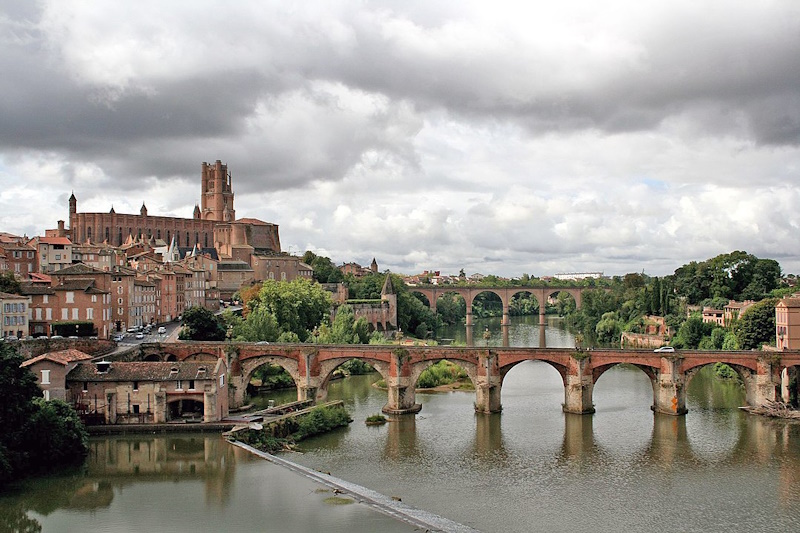6 Industrial French Cities That Turn Out to Be Hidden Gems
France isn’t all vineyards and postcard villages. Some of its most surprising destinations are shaped by factories, shipyards, and rail lines. These cities didn’t erase their working past but instead built on top of it.
If you’re looking for places with strong character and unexpected highlights, this list is worth a look.
1. Clermont-Ferrand (Auvergne)
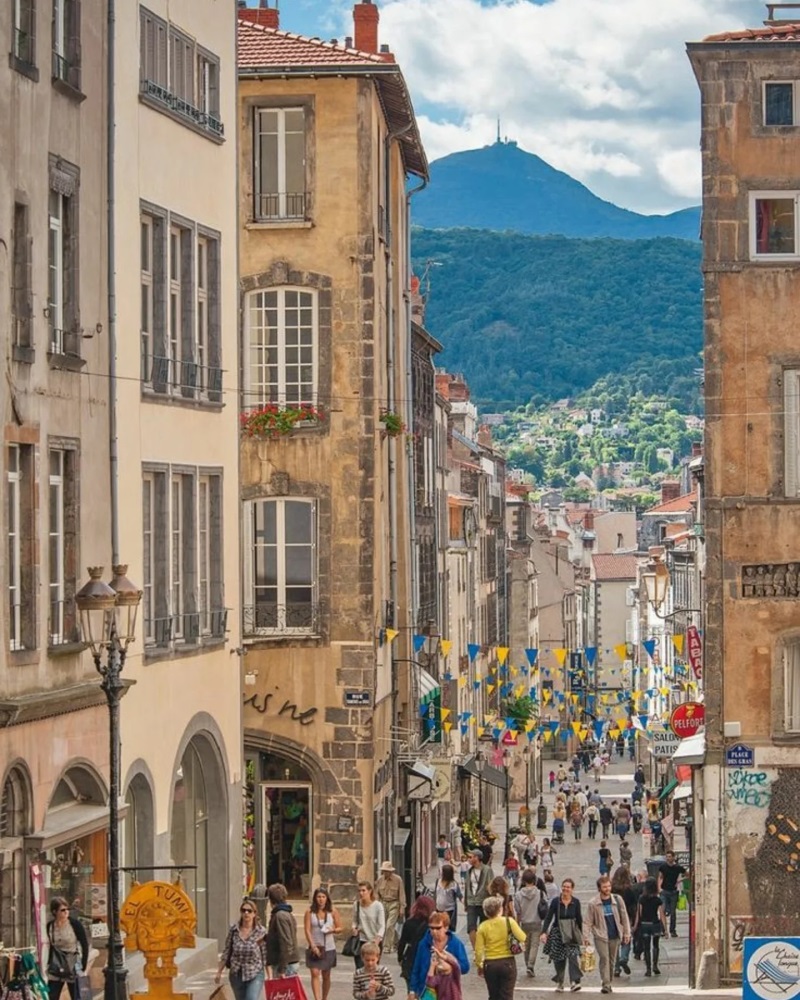
Built around the Michelin empire, Clermont-Ferrand still feels tied to its industrial past, but it doesn’t lean on it.
The old Michelin factories are partially converted, and the L’Aventure Michelin museum gives a sharp look at the company’s influence on modern France.
The city center is made of dark volcanic stone, with the Gothic cathedral standing high above the rest.
There’s a solid bar and café scene thanks to the university, and panoramic views of the surrounding volcanoes are everywhere, especially from Montjuzet Park or the cathedral steps.
2. Roubaix (Hauts-de-France)
Roubaix sits just outside Lille and still shows signs of its textile-heavy past, but it’s been shifting for years.
The standout is La Piscine, a 1930s swimming pool turned into an art museum with sculpture, ceramics, and fashion exhibits.
Several old mills now house flea markets, studios, and digital collectives. The center is low-key, but you’ll find great bakeries, vintage stores, and friendly locals.
3. Mulhouse (Grand Est)

Once known for textile production, Mulhouse has leaned into its industrial past without turning it into a theme park. The Cité de l’Automobile holds the world’s largest car collection, and the Cité du Train is just as impressive.
Beyond museums, the Fonderie district is filled with murals, music venues, and food spots run by young locals. The architecture ranges from factory brutalism to art nouveau townhouses. You’ll find both in the same block.
4. Dunkirk (Hauts-de-France)

Best known for its role in WWII, Dunkirk still feels like a port city, functional and tough. But the beach is wide and strangely peaceful.
The FRAC Grand Large, a modern art center in a former shipbuilding warehouse, hosts rotating exhibitions in a space that feels raw and open.
The town’s carnival is chaotic and deeply local, and the food scene tilts northern: mussels, frites, and beer instead of wine.
5. Albi (Occitanie)
A small city with a mining past, Albi now stands out for its dramatic brick cathedral and tight medieval center.
The Toulouse-Lautrec Museum inside the old bishop’s palace gives a close look at the painter’s work, and the surrounding alleys are lined with shops, bars, and terraces.
The Tarn River wraps around the city, with walking paths and good views from both banks. It’s a quiet place with real weight.
6. Saint-Nazaire (Loire-Atlantique)
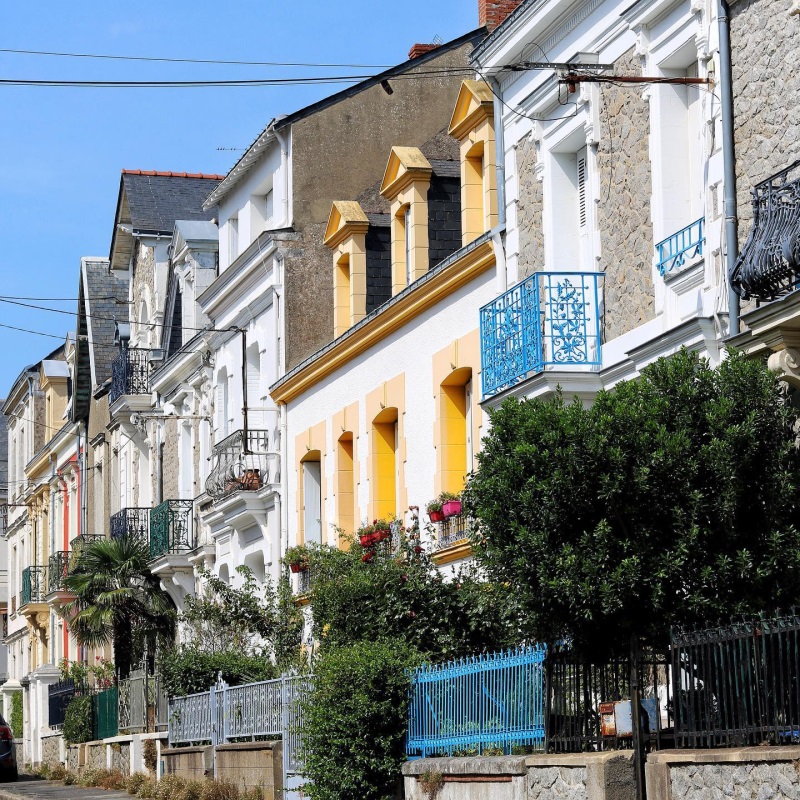
Saint-Nazaire still builds ships, but it’s also opened up its shipyards and submarine pens to the public. Escal’Atlantic, set in a former warehouse, recreates life aboard old ocean liners with eerie accuracy.
The waterfront mixes 1950s modernist planning with relics of older port life. It’s a bit surreal, part coastal resort, part industrial relic.
Beaches begin right outside the city limits, and the air smells like salt and diesel.
7. Sète (Occitanie)

Sète is a working port city on the Mediterranean with fishing docks, canals, and a steep hill that looks out over the sea. It’s busy, rough-edged, and full of personality.
The old town is cut through with waterways, giving it a low-key Venetian feel without the gloss. You’ll see fishermen unloading real catches, graffiti-tagged walls, and lively produce markets within a few blocks.
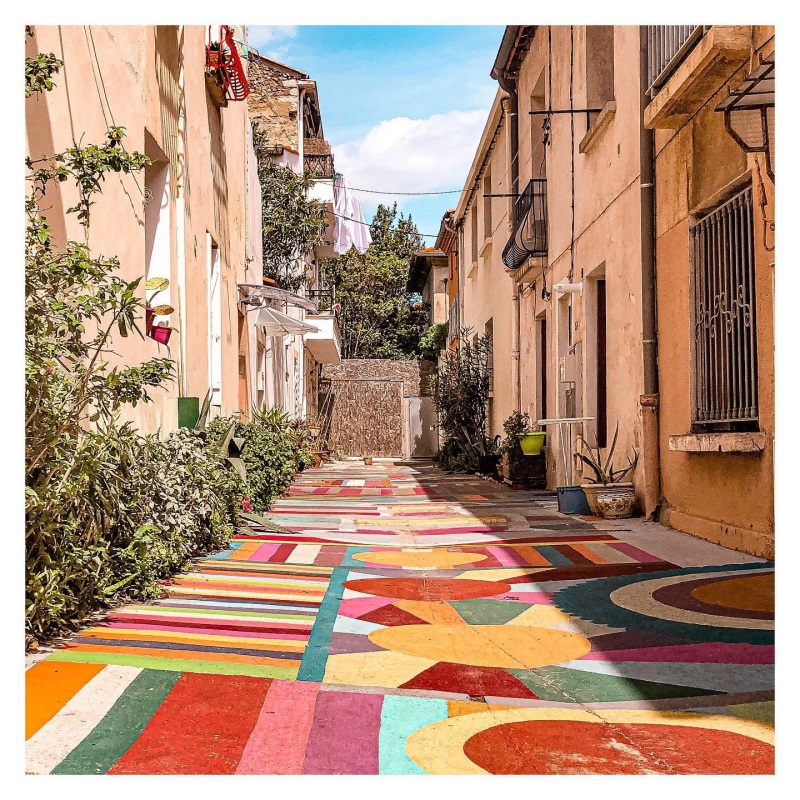
The cemetery overlooking the water is where poet Georges Brassens is buried. Seafood here is the real deal: grilled cuttlefish, octopus stew, raw oysters.
It’s loud, unfiltered, and doesn’t cater to tourists, which is exactly the point.
8. Thiers (Auvergne)
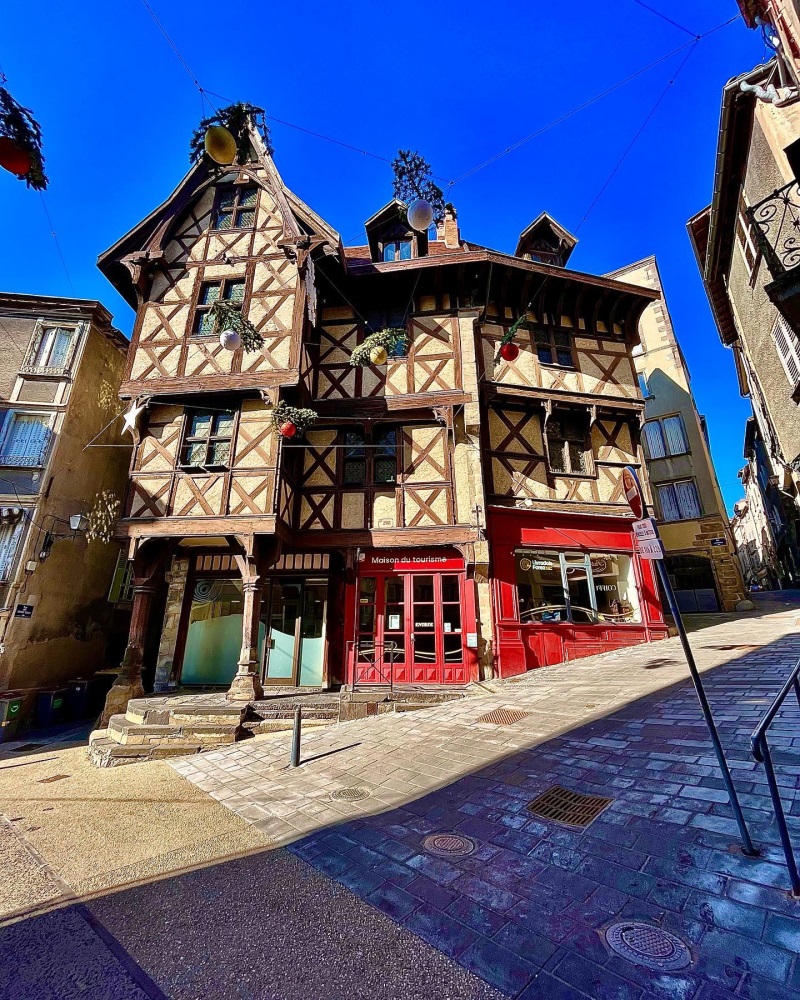
Thiers sits on a steep slope above the Durolle River. It’s been making knives for centuries and still does. Small workshops and family-run blade shops line the old town’s alleys, and you can visit the Musée de la Coutellerie to see how it all works.
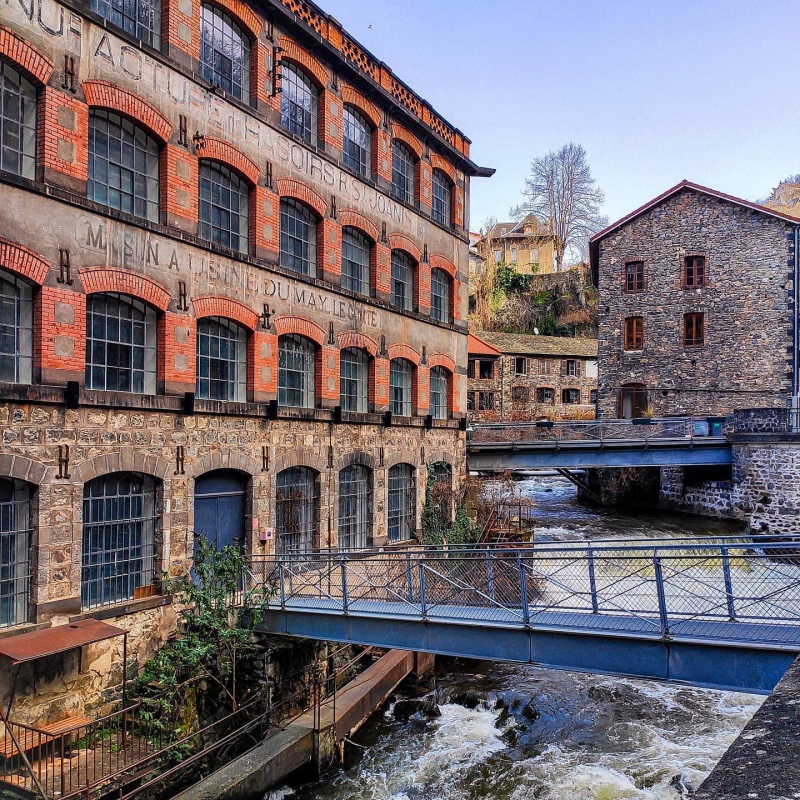
The old industrial buildings in the valley below are slowly being reclaimed by artisans and designers. The upper town has timbered houses and lookout points facing the Livradois mountains. It’s not polished but full of substance.

